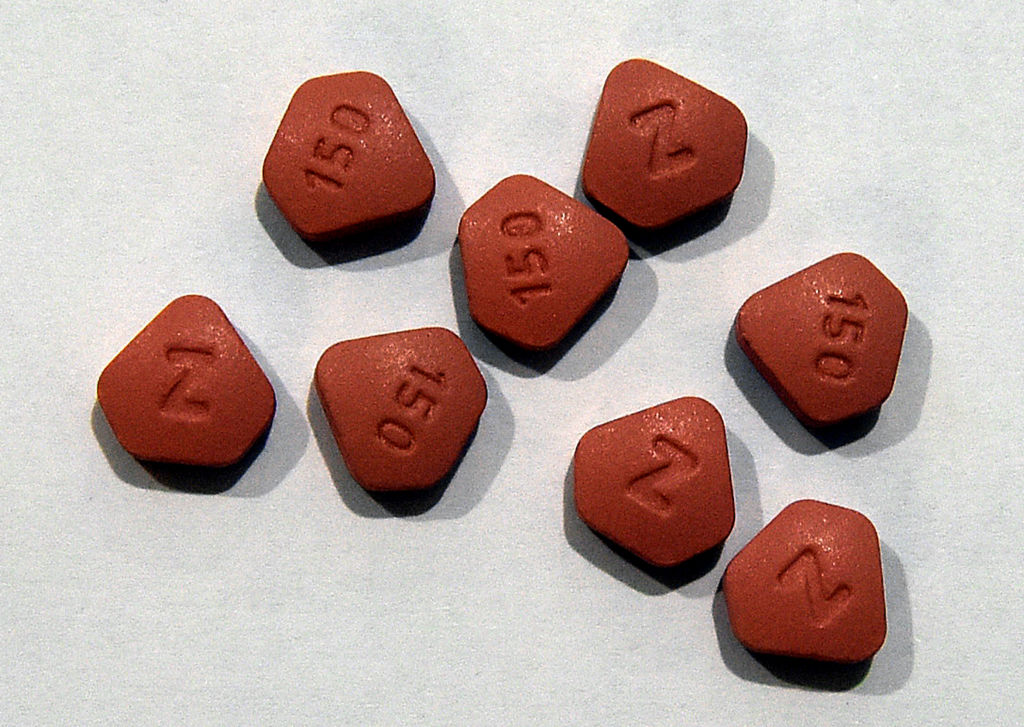You’ve probably seen advertisements for lawsuits regarding cancers associated with the heartburn medication Zantac. If you took Zantac before it was pulled from shelves in 2020, here’s what you should know now…
What happened: Zantac, whose active ingredient is ranitidine, made its debut in the 1970s as a prescription heartburn medication. In 2004, the FDA approved over-the-counter sales of Zantac, making it available in supermarkets and pharmacies until 2020, when it was discovered that it was tainted with the probable human carcinogen N-Nitrosodimethylamine (NDMA). NDMA has been linked to cancers of the liver, lungs, esophagus, bladder, stomach and rectum. The FDA allows miniscule amounts of NDMA in medications, but Zantac’s levels were unacceptable, especially since the NDMA in ranitidine increases under normal storage conditions.
In 2021, drug company Sanofi launched the new formulation Zantac 360 using famotidine, the same active ingredient in Pepcid products. You also can purchase generic famotidine. Zantac 360 is considered safe and effective.
If you took Zantac prior to 2020: Let your health-care provider know how much you took and when. If you have no cancer diagnosis but are experiencing continuing or worsening gastric reflux symptoms, report them to your doctor. Ask that everything be documented in your medical records, which will be helpful in the event of a lawsuit.
For heavy Zantac users—individuals who took the medication for months or longer—it’s reasonable to ask your doctor about cancer screening and for a referral to an oncologist for a consultation. If you’ve already been diagnosed with one of the cancers mentioned above, you’re likely eligible to join a class-action lawsuit. For information, go to MarinBarrettLaw.com/zantac-lawsuit.


